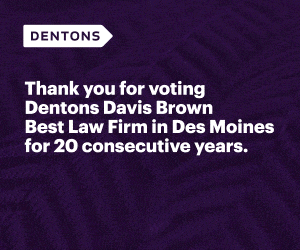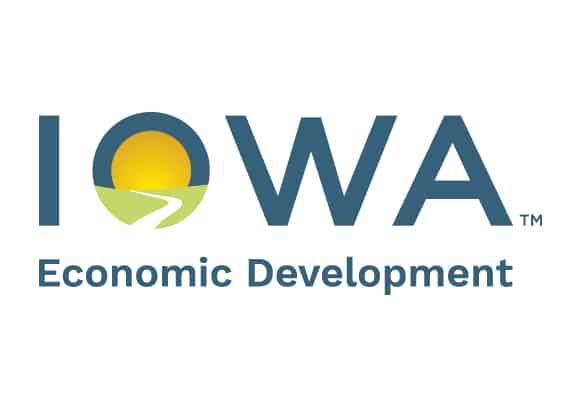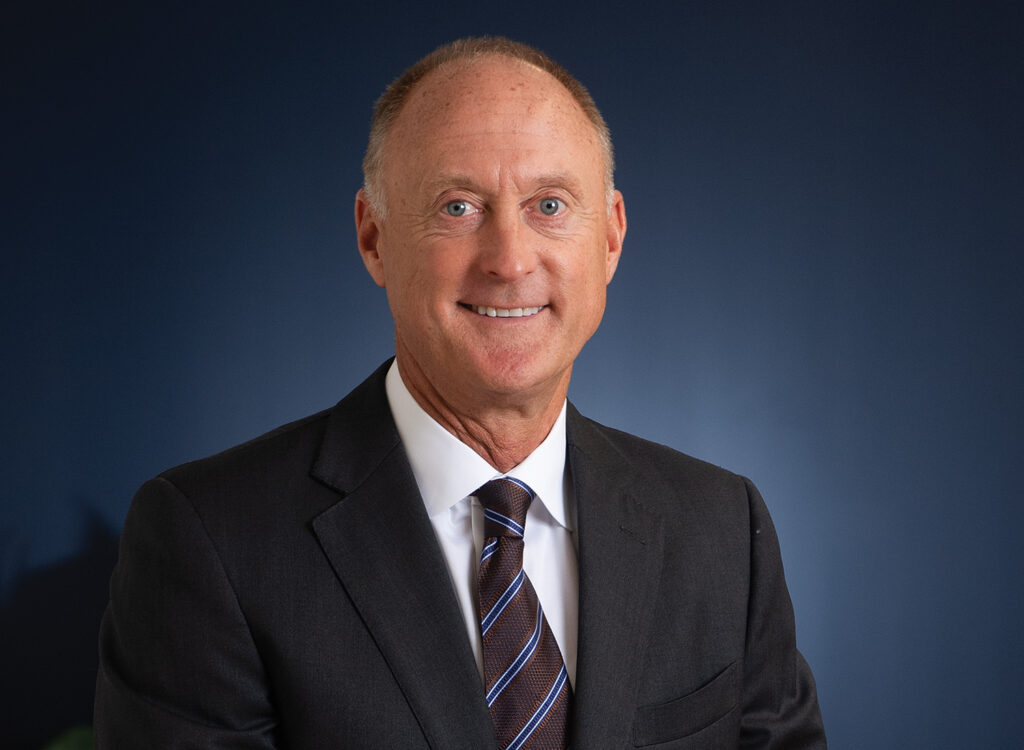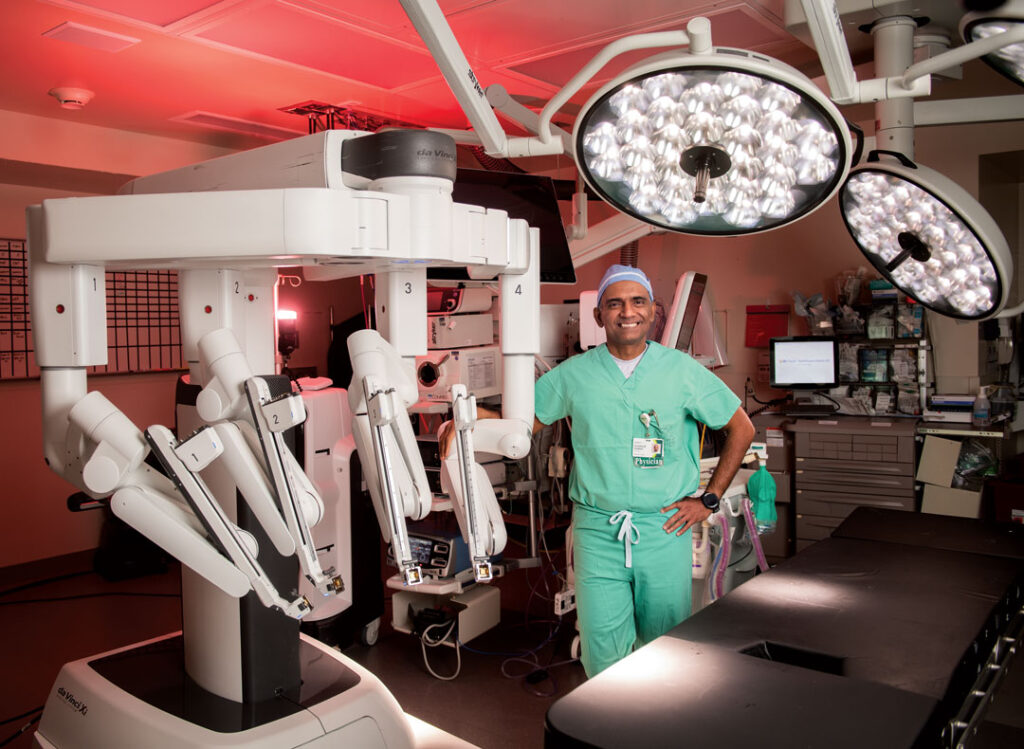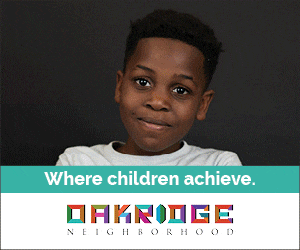An evolving door
How the Downtown Chamber shifts programming and technology for business needs of the future

KATE HAYDEN Apr 21, 2020 | 10:54 pm
6 min read time
1,477 wordsBusiness Record Insider, Economic Development
When it came to finding a new location, the Des Moines Downtown Chamber wanted to reflect the forward-thinking mindset it seeks to encourage in membership.
“We ended up selecting Gravitate [Coworking], actually, because the environment is full of individuals and companies who use technology in smart ways,” said Jennifer Chittenden, executive director. “When you’re surrounded by these organizations who can use technology very well on a daily basis, you can’t help but be influenced. It really has impacted the way that we’re thinking today, because our water cooler discussions now revolve around the what-ifs.”
The road to a coworking space started in 2015, seven years after the Downtown Chamber’s launch and a period of internal reflection for the chamber’s leadership.
“When you talk about the value proposition of being a member of the chamber, it’s to be connected … we’re creating a point of access for them,” Chittenden said. “I think that’s one of the best services that we can provide as an organization, as a chamber.”
Chittenden talked with the Business Record about how the chamber has evolved to reach a more digital landscape. [Editor’s note: This interview was recorded pre-social distancing measures introduced in Iowa due to COVID-19. Some programs may change.]
What prompted the chamber to review its services?
After a series of discussions with our members, we recognized that traditional networking models were not a great fit for our membership. So we evolved a little bit, and went into more of the programming side of things that may include professional development.
We recognized that we’re downtown and we have spectacular landscapes, and we have private-access balconies and rooftops with views that you can’t replicate anywhere else in the metro. So we took our Business After Hours, renamed it the Summer Skyline series, and now we do our [series] in the summer on rooftops and patios, overlooking the cityscape. We also bring live music, and we have free food and drinks.
There was a lot of downtown construction during this period of time. At one point there were four different projects happening downtown simultaneously. So our members were wanting to know what’s happening in their backyard. … We decided to respond to our members by creating a program called Downtown DIG, which stands for Development Insights Group. The essence of that is to focus on a specific project, get the leaders of the project involved — maybe the engineers, maybe people from the architecture firms, and to give them a platform to present to our members.
The goal of the [Downtown Chamber’s] outreach group was to go around and talk to as many members as we could, and ask them, “What’s on your mind? What’s keeping you up at night? What do you need from your local Chamber of Commerce?”
We’re in another point of evolution right now. We heard through our most recent set of outreach this last fall that our small business owners in particular really need something different from their chamber — it’s not just our chamber, it’s chambers in general. What’s interesting is we don’t really have an answer for that yet, so we are on a listening tour right now to try to figure that out.
Who are your members?
The majority of them are small to medium-sized businesses. From an industry standard, we’re going to be a little different than some of the other chambers in the region because we’re downtown, but we have a very high percentage of hospitality. We also have a very high percentage of nonprofit organizations involved in our chamber as well. … Taking their needs into account, particularly with small businesses and nonprofits, they always need additional resources and sometimes they don’t have the funding.
That’s a role for the chamber to service — to aggregate all of the information and all these resources.
What can the chamber do to adapt to new technology?
We need to help our members navigate what’s out there and how to use it, and what the trends are for them as business owners.
Delivery more and more needs to be technical or has a tech base in it. … Our customers expect more and more customization because so many things can be automated, and can be customized. I think that’s a challenge that we run up against sometimes as organizations that are so heavy on the handshake and the face-to-face contact — making that shift over to, how do we still create an extraordinary customer experience at the frequency that our customers need, at the speed of which they need?
We have started to look at alternative delivery methods. That’s something we don’t have figured out yet, but is a key focus for us this year — to look at ways that we’re engaging beyond the in-person format. … We are just beginning a texting notification service; that’s something that’s been around for a while but it’s not something that we’ve utilized.
I would love to have an instant connection with our members — I would love to have the opportunity that they get notifications or reminders on their phone about events coming up. … As a chamber [we] rely on the feedback of our members … but we spend a lot of time gathering that, where technology could help us produce that information faster, and help us connect the dots in ways that help us see the trends better.
Our businesses need a role model when it comes to an organization using these tools to engage. But there has to be a balance, because people are looking for both [online and offline services].
If somebody comes to Downtown Council and we’re taking pictures of them, they’re going to be looking for those pictures later on social media. It’s more meaningful if we’re able to tag them in the pictures and they can be seen going to places. It is actually a benefit to our organization because it’s a way for us to engage with our members — not only on-site, but outside that as well to give them a really cool experience.
What topics are members seeking guidance on?
It depends on the business and the industry. … We’d like to be able to provide more skills and professional development for small businesses. For example, we’re working right now with the Age Friendly Des Moines initiative to do a presentation on how to be an age-friendly business. … Is your business friendly to people with disabilities, does your staff know how to engage with people with disabilities in a way that makes them feel welcome, and that they want to continue to do business?
Cultural considerations is another one of those [topics]. I’m very fortunate to work with a board of directors that is very diverse. We have an individual with a disability, we have our president of the board who is of Indian heritage, we have an African American individual, we have a young lady whose parents are Lebanese business owners in Cedar Rapids and a gentleman who’s gay. We have a perspective on our board of directors that’s driving this as an importance for business owners.
They’re coming for that inspiration and professional development that they can gain, so it’s very directive. There’s still a need for the general networking, but through our chamber that will be directed. The Skyline Series, for example, is networking-based.
What challenges does the chamber face in retaining membership?
One of the trends is the work-life balance — people outside of work want more personal time to spend with friends and family. We’re plugged in all the time so that’s become a very high priority for them, so with our chamber we primarily operate during the business day in that 8 a.m. to 5 p.m. period, or we end early enough in the evening that they could still pick up their kids from day care. … Most of our events don’t start before 8 a.m., and most of our events don’t go past 6 p.m.
What are the chamber’s goals for the next few years?
Business services are a focus of ours. Bringing [small businesses] opportunities to engage in a smarter way — what different technology can we provide to them.
Continuing with points of access — the more we can connect our members with the leaders of the community. We want to make sure that we’re constantly opening the path for them to find that next step forward wherever they’re at in their stage of business, and giving them that easy access to the people who help them along that journey.
That’s where the human touch comes in, as well as creating those formats for them to meet people. The human touch needs to always exist, but there is a place for technology to enhance the experience and to help drive smart decisions and solve problems.



